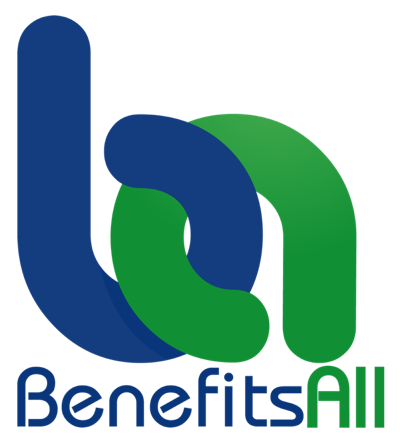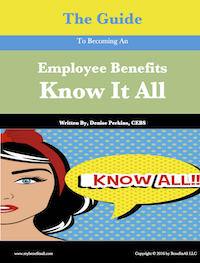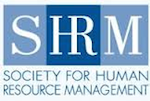Employee Benefit Plan Fee Transparency and Justification Continues To Pick Up Steam
February 23, 2015

News about fee disclosure and excessive fee lawsuits are nothing new in the workplace retirement plan arena. In 2012 the U.S. Department of Labor (DOL) passed rule 408(b)(2) requiring retirement plan services providers to disclose plan fees. Each year since participants in 401(k)-style retirement plans receive these notices. Fee notices are important because for the first time plan participants can see how fees impact retirement plan balances. And they see that the higher the fee, the greater the reduction to their retirement plan balance.
Not so surprisingly, the retirement plan services community did not respond positively to this new requirement. They’ll never admit it but the system they created made fee disclosure harder work than it needed to be. In particular, 12b-1 fees, also known as revenue sharing, an opaque practice by design proved difficult to untangle. Also, service providers felt like they were doing a lot of work to produce notices that very few workers would even look at. By some estimates, they claimed that about 1% of the workers receiving the notices would read it in its entirety and ask questions about it.
No one knows if these estimates were right, but what did happen was an increase in retirement plan fee litigation. Workers started questioning plan decisions and non-decisions that led to what they considered excessive plan fees. Plan participants are suing both retirement plan service providers and employers for having excessive plan fees.
CIGNA, Mass Mutual, and Fidelity are a few of the service providers targeted for excessive fees. And while not all claims of excessive fees are successful, just last week Lockheed Martin agreed to pay $62 million to settle an excessive fee case, the largest fee case so far. The Lockheed case pre-dates the fee disclosure regulations, but it’s not a stretch to suggest that the current regulations were considered during Lockheed’s deliberations.
So what is next for DOL required fee disclosure? How about fee disclosure for self-insured/self-funded health insurance plans?
There are reports that the Employee Benefit Security Administration (EBSA), an agency in the Dept. of Labor, may be looking to amend regulation 408(b)(2) to include fee disclosure for self-funded health plans. This type of disclosure will help employer groups who self-fund their health insurance better compare the costs of self-funding. It’s not clear if these disclosure notices will be issued to employees. Most employees don’t know if their health plans are self-insured or what this type of plan financing even means for them. However, employees will benefit from health plan fee disclosure that allows their employers to compare prices. Lower fees may mean less costs are passed on to employees in the form of higher health insurance premiums.
Conclusion
Human Resources departments are receiving fair warning that cost transparency in employee benefits is a major public policy agenda item. From creating state-based health care price transparency tools to publishing the obscure costs of administering health and retirement plans, people are getting to know what they are paying for. In addition, many employers are finding out for the first time the true costs of providing workplace health and retirement benefits.
Health and retirement plan service providers will have to openly compete on all plan costs as legislative bodies require them to be more transparent about the fees they charge for their services.
blog comments powered by Disqus


 Denise Perkins
Denise Perkins




